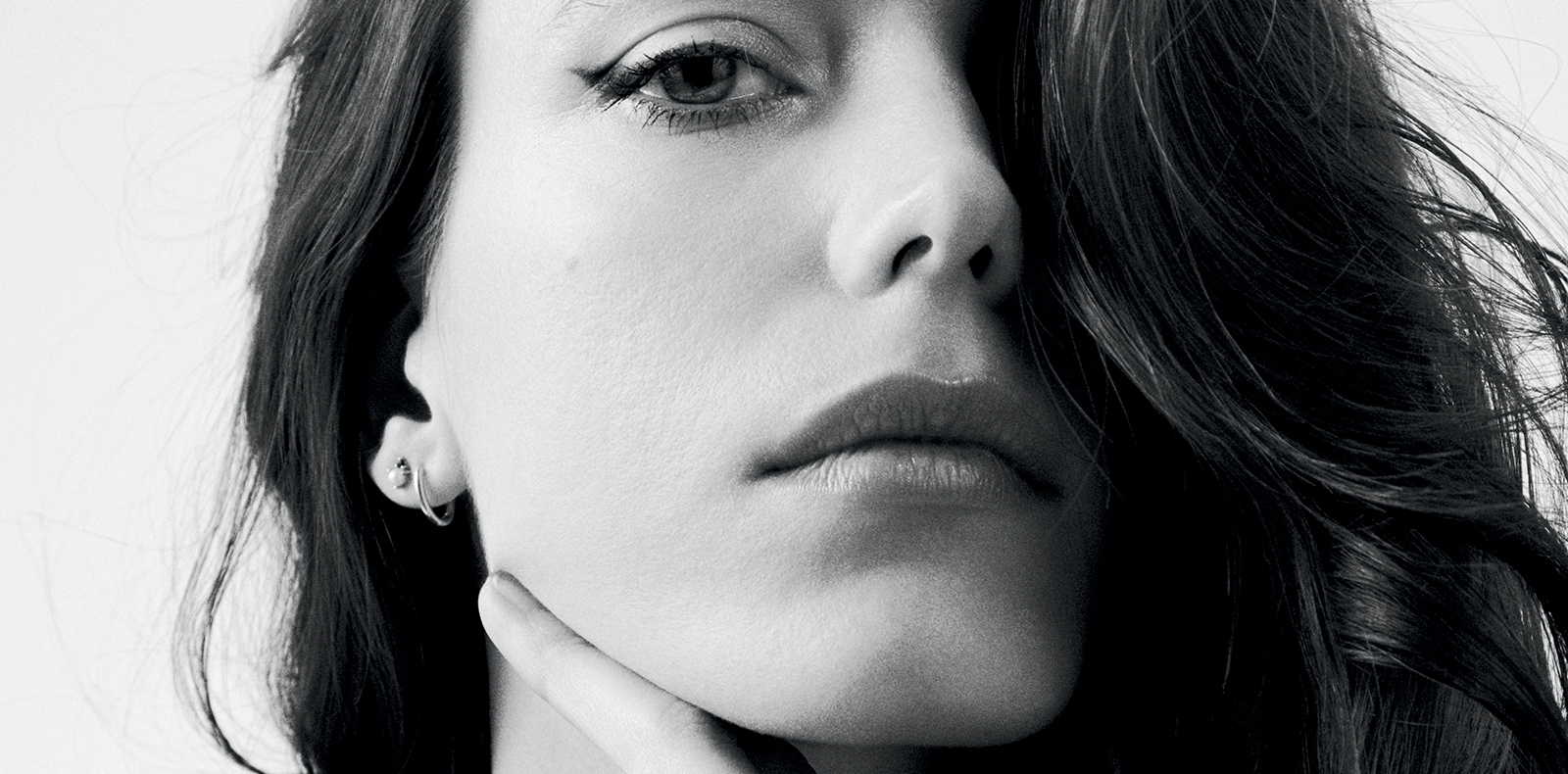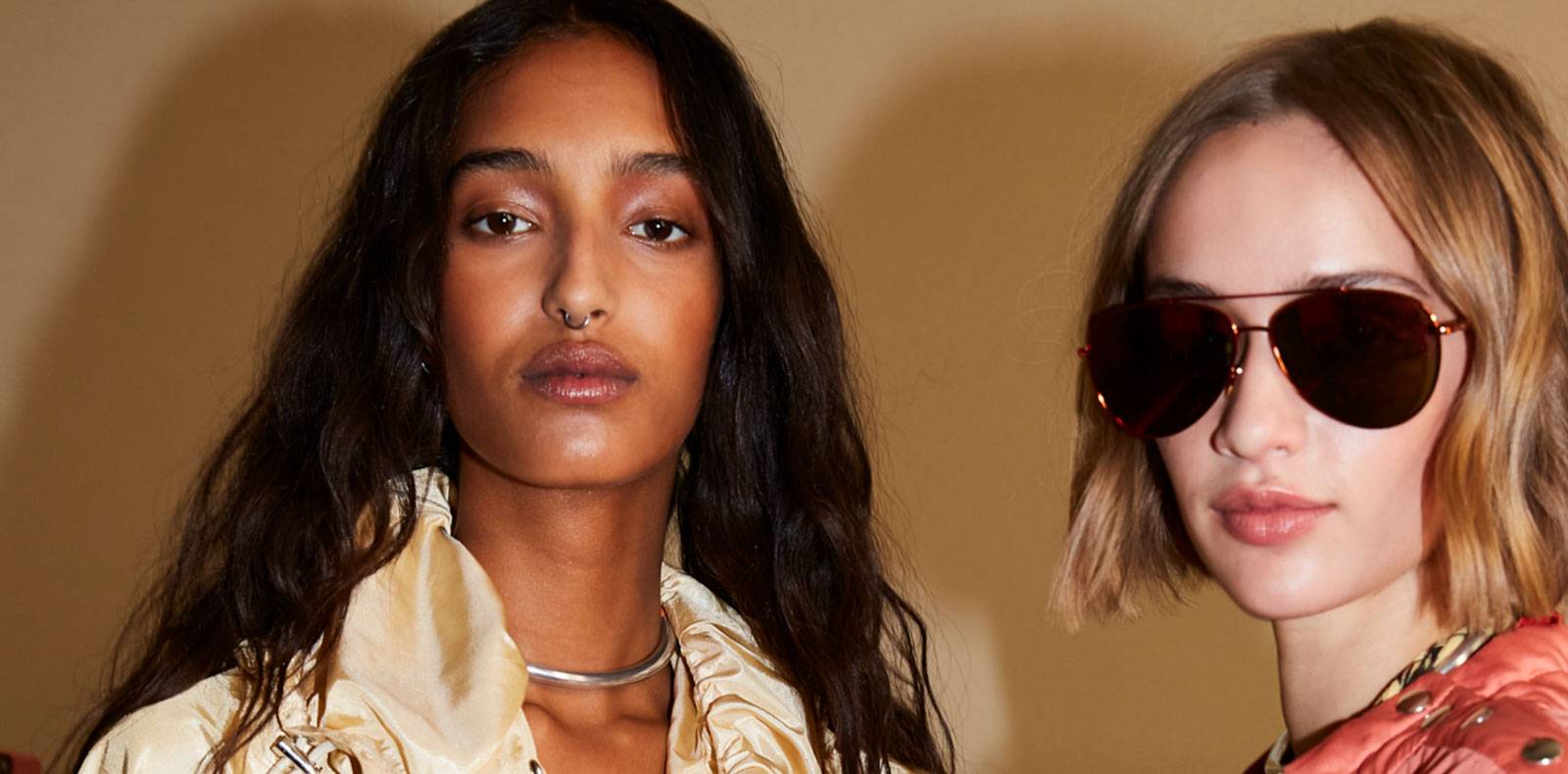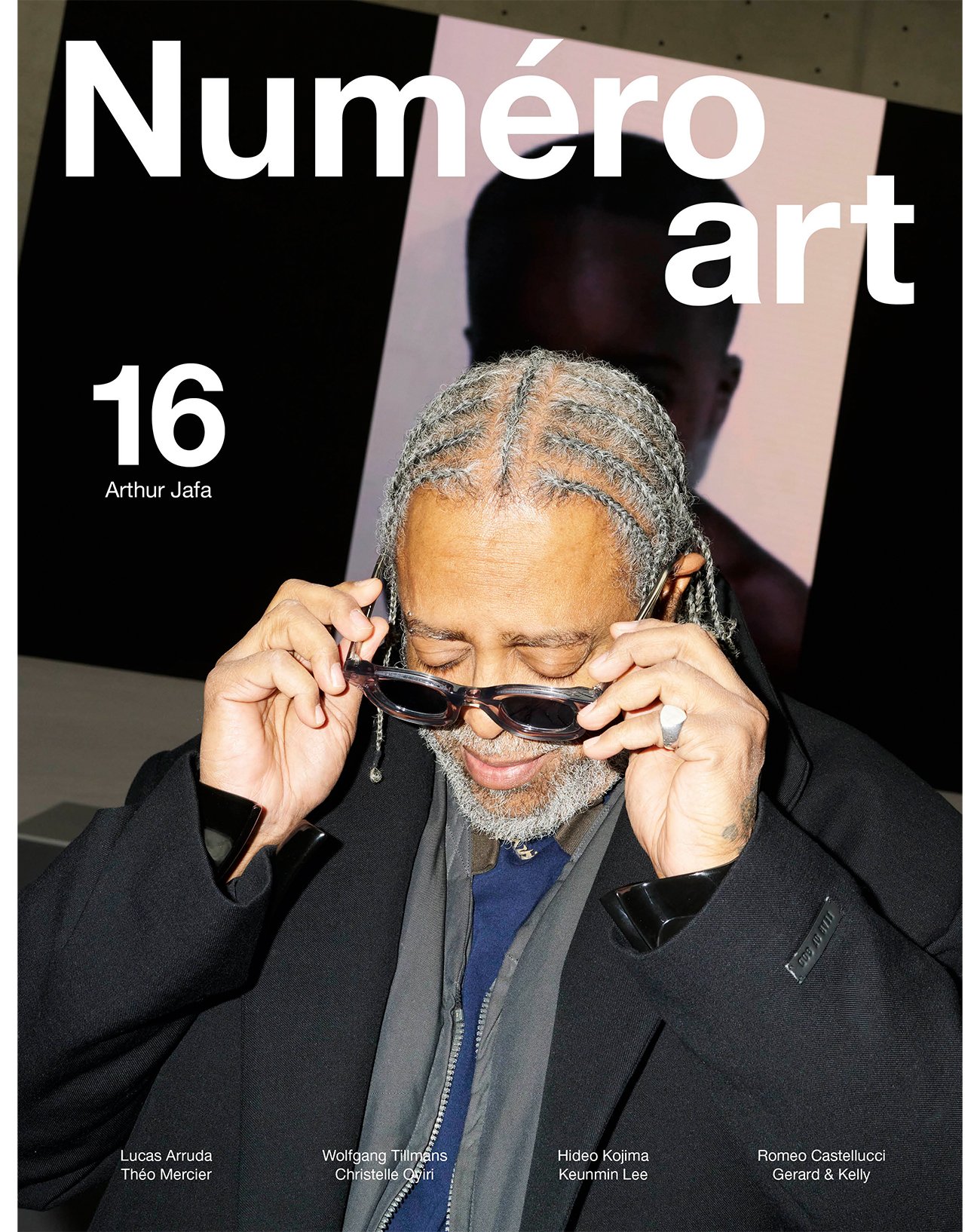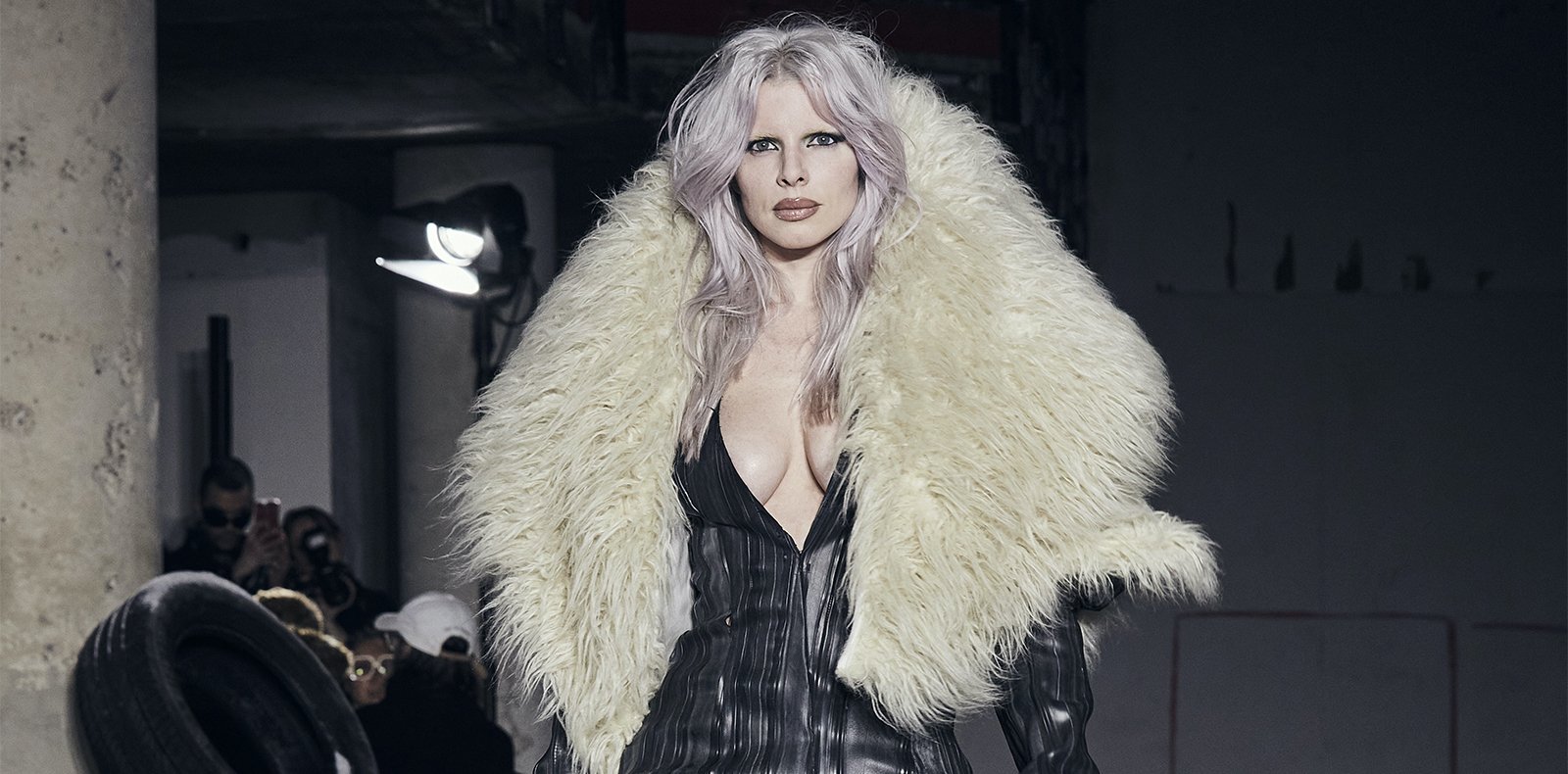
11
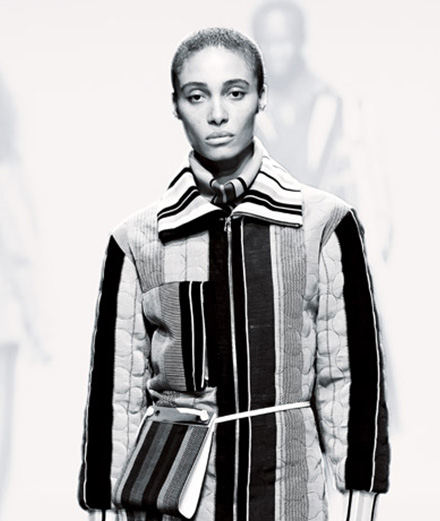
11
Meet Kenneth Ize, Naomi Campbell’s new favorite designer
His heritage is both African and European: today based in Lagos, Kenneth Ize was born in Vienna to Nigerian parents, and grew up in Austria where he attended Vienna’s famous applied-arts school, studying fashion under Hussein Chalayan and Bernhard Willhelm. His collections, which showcase Yoruba craft skills, won him a place among the finalists of the 2019 LVMH Prize, while this February he staged his first Paris runway show, a sumptuous blend of Nigerian tradition and Western fashion.
Interview by Delphine Roche.
Published on 11 September 2020. Updated on 18 June 2024.
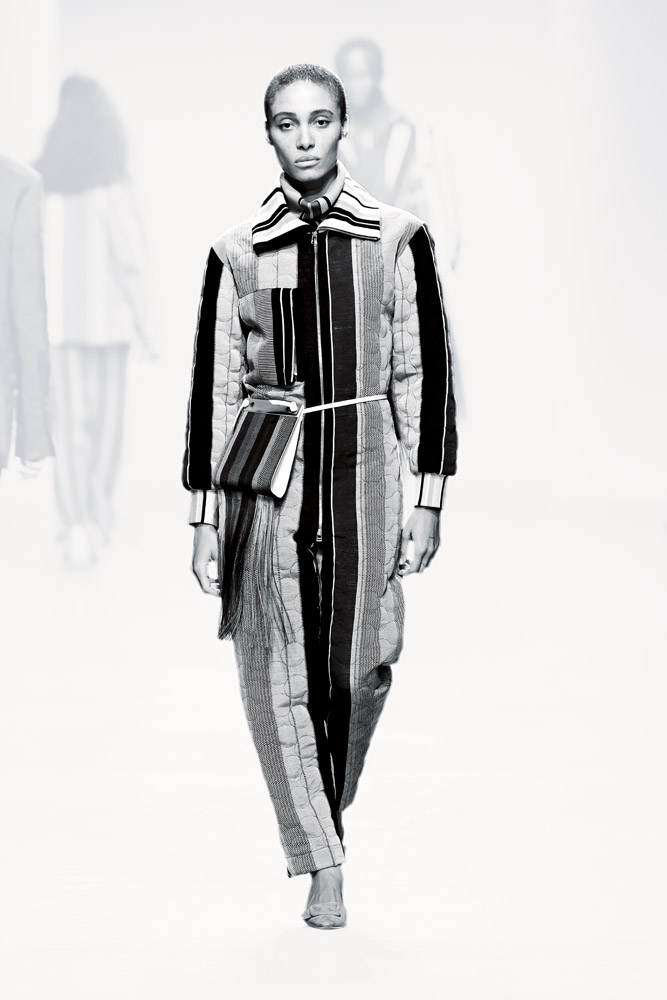
NUMÉRO: Why was it important for you to show in Paris?
KENNETH IZE: Paris is very important for me because of the community that I work with in Nigeria. I’ve been working with my community for about five years now. We have been thinking about how to grow, and how to advance craftsmanship in Nigeria. Going to Paris wasn’t just about me or the brand, it was about our heritage and our culture, and also how to include us in the fashion discussion. It was important for me to show in Paris as an African person. It’s time to show who we are and also to bring people here to my community so that they can understand them. Things are becoming very political right now, and I wanted to show my country how we are perceived outside, as well as to start a conversation for the youth here and to support women in the community.
When I interviewed you at the time of the 2019 LVMH Prize, you told me that when Western people look at your clothing they often try to interpret it in cultural terms, resorting to all the clichés that they project, instead of seeing it simply as garments.
As an African designer, I can only design what I’m designing. It’s how I grew up and how most Africans grew up: the mother is so extravagant, she loves fashion and she invites her friends to the house, they come with a stock of fabrics. Fashion here is something that we take seriously. What I design is luxury, but it’s almost normal here, it’s what we wear. The lace, for example, was made in Vienna. Nigerians used to travel to Austria in the 1960s to design lace fabrics. People don’t know about this. So I went to Vienna and asked to see these lace fabrics. I didn’t have to redesign them – the craft and the heritage we have can be interpreted in a modern manner.
How did your work with the weavers develop this season?
I worked with two women for three months to develop the fabrics for the collection. I wanted people to be very comfortable in understanding my clothes, because to bring something into a different community or a different country, you have to make a clear point. I designed everything with the two weavers I work with. We went back to the fabrics we’d done the past three years, and decided to take stripes from the fabrics we’ve made before and include them together. I had to take them to Italy to do that. That’s why we have to be more open to different cultures. I’m very grateful that I’ve had this mix of cultures between Europe and Africa, and that I’ve been able to use it to further my own understanding.
Naomi Campbell walked in your Nigerian show and she walked for you in Paris too. How important is such support for you?
Having Naomi Campbell’s support is unbelievable! I still can’t believe how enthusiastic she’s been. As a child I watched the videos of her walking shows, so when she walks for me, I’m like, “Is this really happening?!” It pushes me to do more and to do better, because I see that people are supporting me, they believe in what I do. The LVMH Prize was great too because I met lots of people. I’ve kept up some of the relationships I made through it, and they helped me set up my show in Paris. Those competitions are more about how people can understand you, how you can understand them as well, and build a relationship. I took part in the competition not knowing exactly how everything works – I was laughing all the time. When I stepped into the auditorium of the Fondation Louis Vuitton, I felt proud because I knew I was representing a lot of people: my weavers, my family, my community, people like me…
You design for both men and women. Is that an obvious choice?
I design what I feel is right, and I really believe in my instinct. I started with menswear at school. It was easier for me to explain, because it’s me, it’s what I want to wear. I’m a queer man, and I have flexibility and a desire to wear things that are experimental. As a young adult at school, I experimented with that because I was finding myself. Now, anytime I’m doing a collection, I don’t really think whether a girl or a boy is going to wear it. The first time I did womenswear, I did a dress because I wanted to see what I could do with a dress. But then I thought, “No, I’m just going to do what my instinct tells me.” I think that’s the beauty, being inclusive, in terms of not conforming to genders too. Why do people buy blue clothes for a boy and pink clothes for a girl? I grew up in a family where my dad loved clothes too, and my mom loved jewellery and bold things. So, growing up, I saw them mix things together. My mum would dress super African on Sunday for church, and my father super English. So I was like, “What’s going on? There’s no coordination.” But that’s the beauty of it. So I’ll keep designing that way. It’s not just my story, it’s the story of my weavers, of my mother, it’s all about love. So menswear, womenswear, I don’t know – I just want to design!






